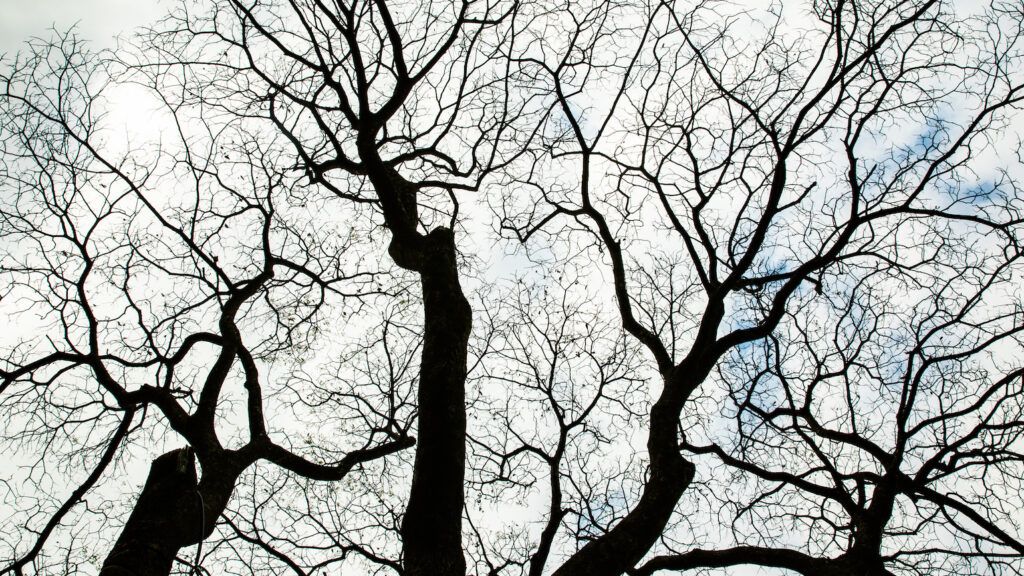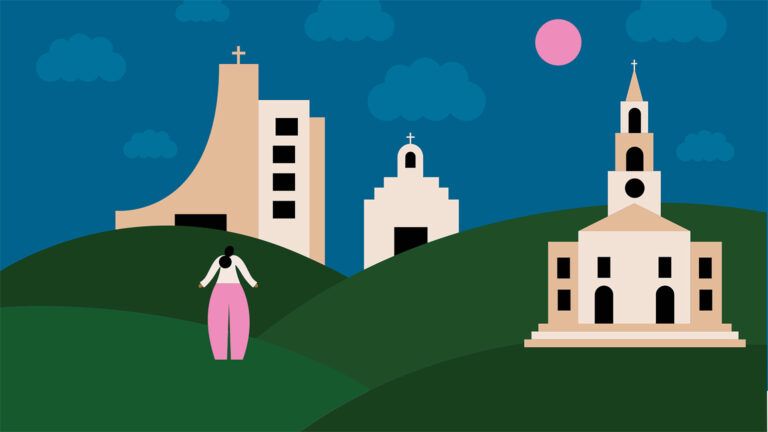I walked along the sidewalk that borders the west side of Central Park this morning marveling at its geometry: hexagonal paving stones underneath my feet were bordered by parquet-like brickwork, with a tidy stone wall running alongside. Just past the wall lay the park itself, where delicate branches of leafless trees laced the blue sky, and an erratic chatter of house sparrows emerged from sprawling yews.
The contrast between the straight-lined, orderly, man-made sidewalk and the intricate, swirling exuberance of nature just beyond its border set me to thinking about the differences between God’s creation and man’s.
The world holds innumerable examples of circles made by God: the moon, belly buttons, grapes, drops of water and the center of flowers. Triangles are readily evident, too. There are kitty cat noses and ears, conifers, mountain peaks, agave leaves and river deltas.
But what about that most-common shape in the man-made world, the rectangle? I searched my brain for natural counterparts, and though I thought and thought I came up with only two: teeth and salt crystals. That surprised me. Do we prefer rectangles simply because it’s easier to plan and build with blocks and straight lines? Or does it have something to do with how humans tend to assume life is supposed to be linear? I don’t know.
There is a saying that God writes straight with crooked lines. As I look at the beauty of a tree in winter, with its boughs and branches and twigs reaching skyward in a seemingly jumbled but obviously planned pattern, I can grasp something of what that means.
God’s plan isn’t always tidy and predictable in the way that I want it to be. There are twists and turns in my life that I can’t foresee or predict. That doesn’t mean branching off in unexpected directions is bad or wrong. All it means is that in each new place I find myself, I need to continue growing, reaching upward, living for and with the Lord.





